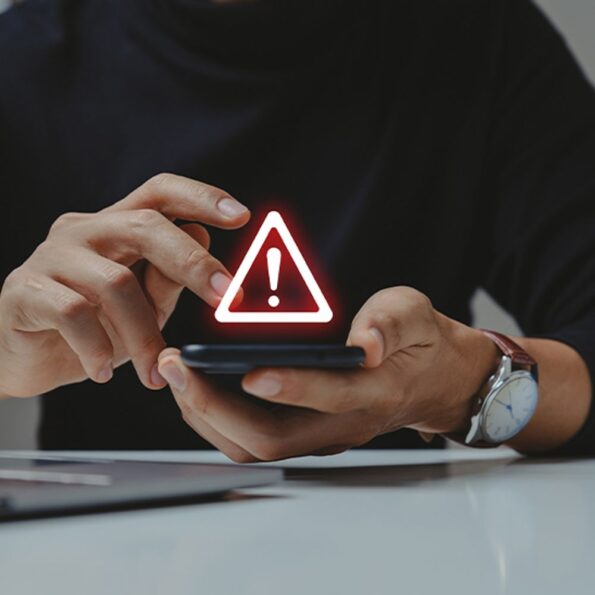Your Android screen might be secretly spying on you:New ‘Pixnapping’ attack can silently steal your private messages and even your location

Your phone screen might be more of a snitch than you think. Researchers have discovered Pixnapping, a new Android hack that can quietly read your screen, be it your 2FA codes, private messages, and even your location, without you noticing a thing. It doesn’t need screenshots, camera access, or special permissions. Instead, it exploits how Android draws pixels, turning your phone’s normal behavior into a sneaky data leak. This sneaky Android attack can steal everything from Google Authenticator codes to messages, locations, and banking info, all while you’re none the wiser. What is Pixnapping Pixnapping is a clever trick that lets hackers see what’s on your screen without needing camera access or screenshots. In the researchers’ words: Pixnapping is a cyberattack that lets hackers read what’s displayed on your Android screen without needing to take screenshots or getting special permissions. Unlike regular malware, Pixnapping doesn’t need you to install anything shady or grant special access. Instead, it takes advantage of how Android draws pixels on your screen and uses timing tricks to figure out exactly what’s displayed. How does it work Here’s the techy-but-simple version: Basically, your screen is giving away secrets without showing any warning signs. Which apps and devices are at risk Researchers tested Pixnapping on flagship phones like the Pixel 10 and Galaxy S25 Ultra. They successfully: Apps like Venmo, Gmail, Signal, Google Authenticator, and Google Maps are all vulnerable, even if you’re careful about security. Is there a fix Yes, you can fix it but it’s a bit patchy: How to protect yourself from Pixnapping Until all devices are fully patched, here’s what you can do: Hackers are real gamers Pixnapping hacking is a reminder that even pixels on your screen aren’t completely private. Hackers are finding new ways to steal sensitive data without setting off alarms.
The key takeaway: keep your Android updated, watch what you install, and use strong 2FA methods. For now, these simple steps are your best defense.
Search
Recent
- ‘Forced me to undress’: Bengaluru doctor sexually harasses patient at clinic; arrested
- Muhurat trading: Top stocks to buy today – check list
- Scientists hope underwater fiber-optic cables can help save endangered orcas
- ODI Women`s World Cup 2025: Anjum Chopra slams Deepti Sharma for aerial shot
- ODI Women`s WC 2025: No need to panic, India should still qualify for semis